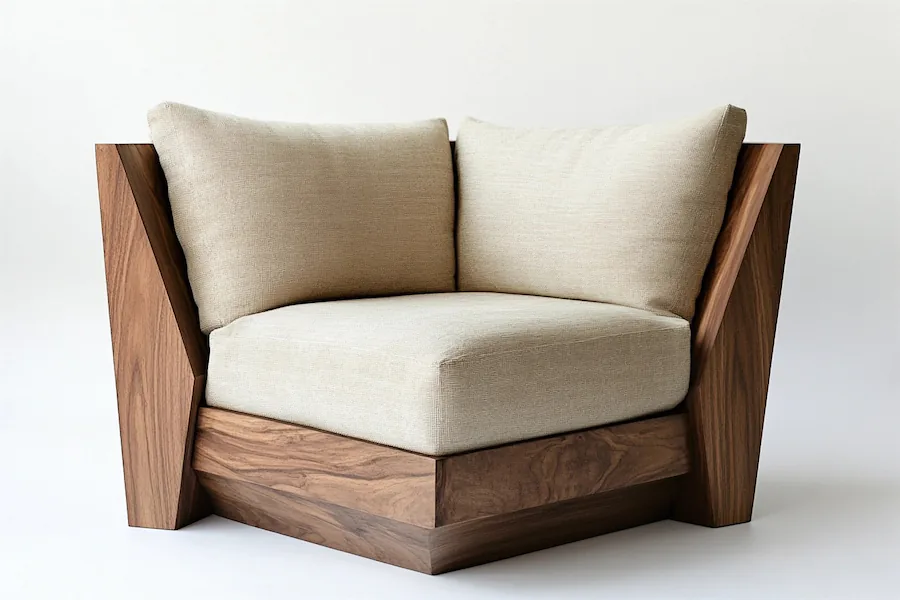Corner chairs, also known as roundabout chairs, are distinctive seating pieces designed to fit into room corners, offering both functional and aesthetic benefits. This article explores their history, key features, applications, considerations for selection, and concludes with their significance in interior design.
History and Origins of Corner Chairs
Corner chairs emerged in England during the early 18th century, commonly referred to as “roundabout chairs.” Their unique design, featuring a seat oriented diagonally with a curved or angular back, allowed for versatile placement and use. Some historical accounts suggest that corner chairs accommodated men wearing swords, enabling comfortable seating without hindrance.
Key Features of Corner Chairs
- Design: Characterized by a triangular or diagonal seat with a backrest wrapping around one corner, allowing the chair to nestle into room corners seamlessly.
- Versatility: Suitable for various settings, including living rooms, bedrooms, and offices, serving both functional and decorative purposes.
- Space Efficiency: Ideal for maximizing seating in compact areas by utilizing corner spaces effectively.
- Aesthetic Appeal: Available in diverse styles, from traditional to contemporary, enhancing interior décor with unique charm.
Applications of Corner Chairs
- Living Rooms: Serve as accent pieces or additional seating, contributing to a cozy and inviting atmosphere.
- Bedrooms: Function as reading nooks or dressing chairs, adding comfort and style to personal spaces.
- Home Offices: Provide ergonomic seating options, especially in compact workspaces where efficient use of space is essential.
- Therapeutic Settings: Specialized corner chairs are used in therapeutic environments to support posture and engagement in floor-based activities, particularly for children requiring additional support.
Considerations When Choosing Corner Chairs
- Size and Proportion: Ensure the chair’s dimensions align with the available space and complement existing furniture.
- Comfort: Look for designs with adequate cushioning and ergonomic support to enhance user comfort.
- Material and Finish: Select materials that match the room’s aesthetic and meet durability requirements.
- Functionality: Consider the chair’s intended use, whether for seating, decorative purposes, or specific support needs in therapeutic contexts.
- Style: Choose a design that harmonizes with the overall interior décor, whether traditional, modern, or eclectic.
Conclusion
Corner chairs blend historical charm with practical design, making them versatile additions to various interior spaces. Their unique structure allows for efficient use of corner areas, providing both functionality and aesthetic appeal. When selecting a corner chair, consider factors such as size, comfort, material, functionality, and style to ensure it complements your space and meets your specific needs.
